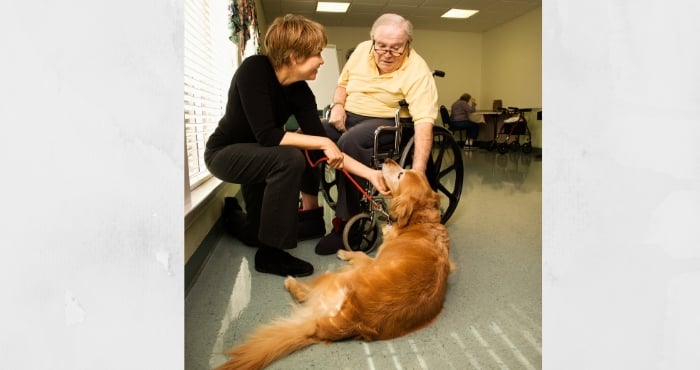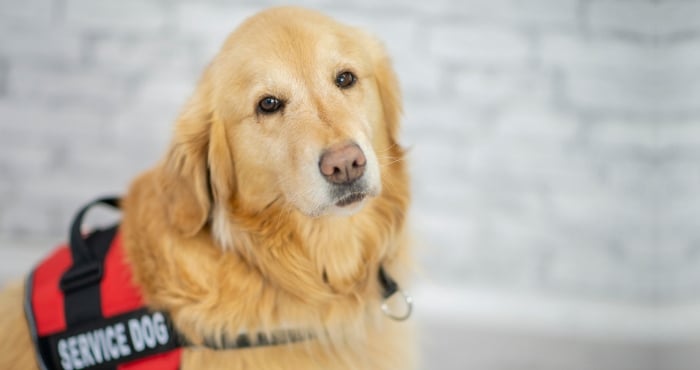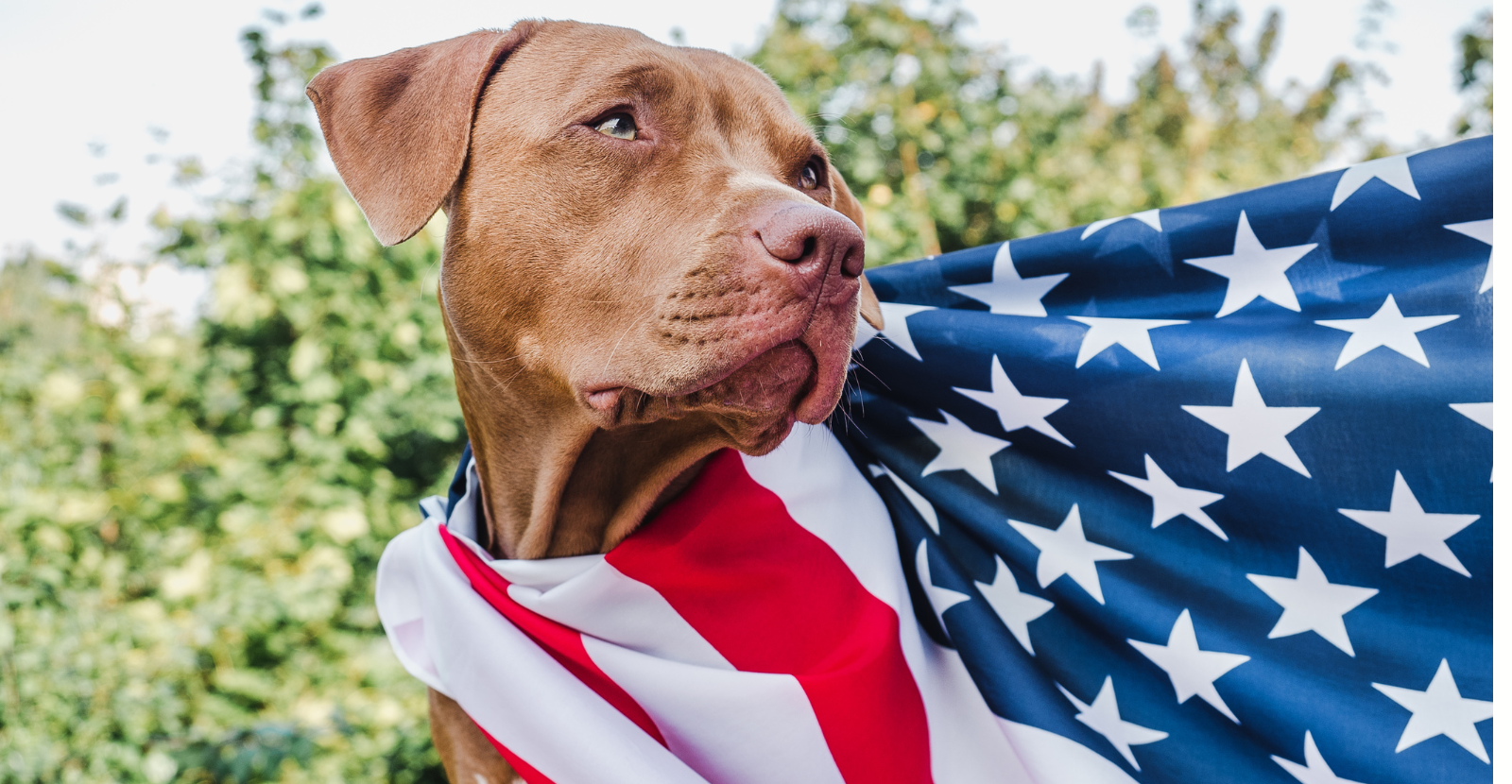Dogs are simply amazing creatures that can work to make our lives easier. National Therapy Animal Day is on April 30. This is a great opportunity to recognize all exceptional therapy animals who partner with their human companions to help them live their daily lives. There are three types of service dogs. Do you know the difference between a therapy dog, a service dog and an emotional support animal? You will after you read on!
Therapy Dogs
Therapy animals are also known for helping people of all ages and stages in life. They can be found in hospitals, pediatric care units, schools, libraries and assisted living facilities. These animals make life better by improving the lives of the many people that are in our own communities who rely on them. Therapy dogs can also provide a therapeutic presence in high-stress environments such as schools, hospitals, courtrooms and others.
Examples of the roles carried out by therapy dogs include:
- Helping a person in a stressful situation take their mind off the task at hand
- Willingness to be touched, petted, hugged and handled to help others
- Provide companionship, empathy and sympathy when needed
Service Dogs
According to the Americans with Disabilities Act (ADA), service animals are working animals, not pets. Service dogs are trained to provide special tasks for their disabled owners. They are always with their owner and allowed to go wherever their owner goes. They help bring independence into the lives of people who may have difficulty getting around on their own.
Examples of the roles carried out by service dogs include:
- Detecting signs of a medical conditions in the event of a heart attack, stroke, diabetes, epilepsy and more illness or anxiety attack before it happens
- Fetching medication or water during these sudden attacks
- Assisting an individual walking to a location when they cannot see themselves due to vision impairment
When working, these dogs focus exclusively on their owners and have been through many rounds of training to be sure they know how to respond to any situation. Most of them will be wearing something to alert you to the fact they are working and should not be petted. Of course, you shouldn’t pet another person’s dog without asking. With a service dog, it is preferred you simply do not ask to pet them as they are working.
Emotional Support Dogs

We are seeing more emotional support dogs out in the community. These dogs are not specially trained, but their bond is such that they provide support for their owners. With a letter from a licensed therapist, they can accompany their owners in various places such as on airplanes and other “no pet” places. If you would like to make your pet an Emotional Support Dog, your licensed therapist can provide the paperwork you need or there are several ESA websites that help you with the process for a fee.
The roles of an Emotional Support Dog include:
- Helping someone with mental and emotional conditions such as anxiety, depression, panic, fear
- Helping a person overcome a challenging situation such as flying in an airplane
- Being able to calm a person by their presence
Here is an excellent graphic created by BluePath Service Dogs, an organization that provides expertly trained autism service dogs, to help people distinguish between the types of animals. This also helps you recognize which ones are meant to be touched, and which ones are not.

Best Service Dog Breeds
Based on what services dogs do, you can imagine the best breeds to fill the role. Overall, the best breeds to be service dogs are the types that are calm, intelligent, friendly and larger in size so they can do things that require strength. Here are the top 5 breeds of dogs that make fantastic service dogs:
- Labrador Retrievers
- Golden Retrievers
- German Shepherds
- Standard Poodles
- Boxers
While service and therapy animals are primarily dogs, there are other animals that can be an ESAs including cats, ferrets, pot-bellied pigs and more.
This video of a service dog picking out a toy is adorable. You can tell they work hard and are very considerate animals.
Have you ever considered getting a therapy dog? This article includes questions you can ask yourself to discover if you need a service dog, a therapy dog or an emotional support dog.
All service dogs have this in common
These dogs are all large-breed dogs which means they could be at risk for arthritis in dogs. According to the breed dog, most of the main dogs working as service dogs are in the "Very High Risk" for arthritis category. Where does your dog fall? Check the chart below.

All dogs, but especially service dogs need healthy joints and a strong mobility to ensure they are active and performing their duties as needed. Glyde™ Mobility Chews is an excellent way to keep dogs fit and ready for action thanks to the powerful ingredients to help keep them ready for action.





.png)

